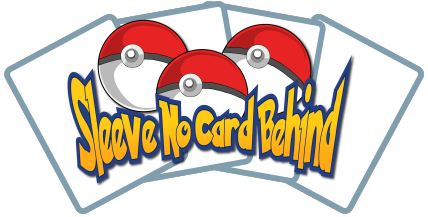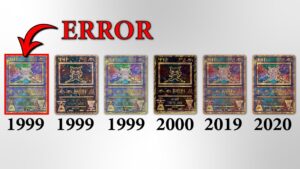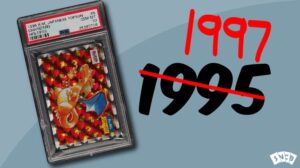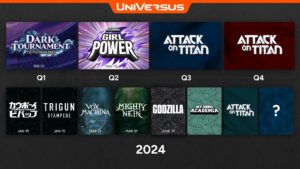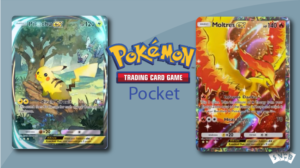-
By: Davi Braid
- Published:
- Last Updated: February 6, 2024
What Do Ancient and Future Cards Do?
Check the top right corner of your card, if it says “Ancient” or “Future” then you have one of the Pokémon TCG’s newest game mechanics!
Ancient and Future cards were first seen in the Japanese expansions Ancient Roar and Future Flash, released on October 27, 2023, and the English expansion Paradox Rift, released on November 02, 2023.
This is what we call a game mechanic, slightly altering the way the game is played. Ancient and Future Pokémon are all “Basic” Pokémon, meaning you don’t need to evolve in order to play them.
Both Ancient and Future Pokémon will have abilities that are synergistic with other cards with that mechanic. For example, the Future Boost Energy Capsule card can only be used with a Future Pokémon.
Just like Rapid Strike and First Strike cards from Sword & Shield, this mechanic will likely grow and develop over the course of a few set releases.
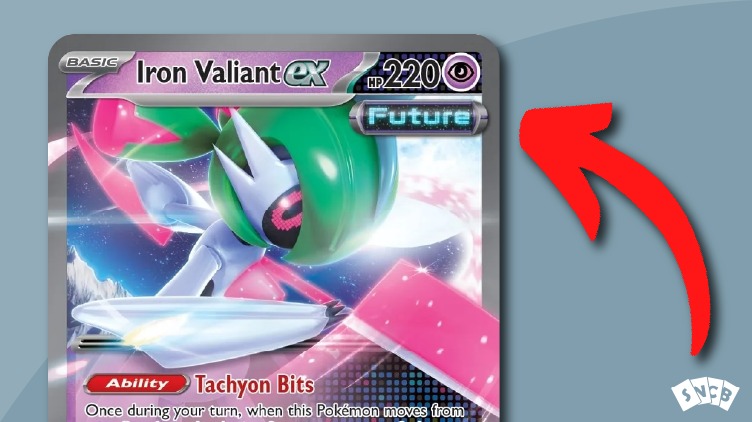
Future and Ancient Variants Explained
Ancient and Future Pokémon represent distinct variations within the category of Paradox Pokémon. These concepts were introduced to the franchise with the release of the Scarlet and Violet video games.
Ancient and Future Pokémon are often described as different evolutionary stages of familiar Pokémon that exist in different timeframes. As their names suggest, they portray distant relatives of contemporary Pokémon from both prehistoric and futuristic times.
The term “Paradox” likely derives from the concept of a temporal paradox, given that these Pokémon exist outside the current era. In practice, they work more like alternative versions of known Pokémon, each with its own name, types, and attacks.
Ancient Pokémon are often larger and exhibit more feral traits, while Future Pokémon typically have a more robotic and highly technological appearance.
This distinction can be easily noticed in Pokémon Violet and Scarlet, where the legendary Pokémon Koraidon and Miraidon represent Ancient and Future versions of Cyclizar’s evolutionary path.
However, that’s not all. Future and Ancient tags are not exclusive to Pokémon in the trading card game.
These new variants of cards can also be found in Trainer cards, and most of them only work with cards from the same era.
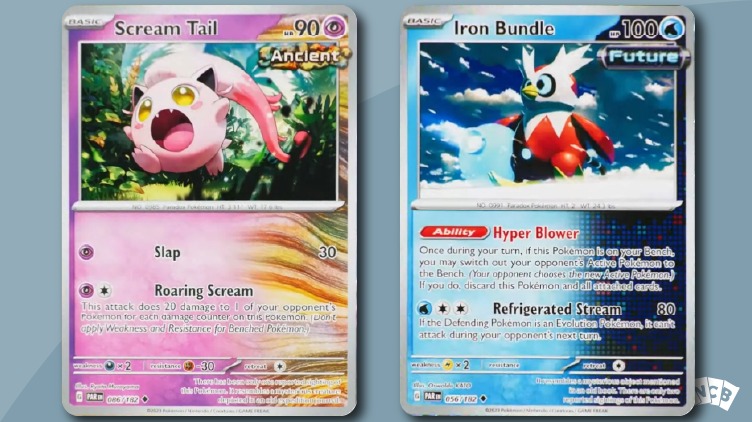
Which Pokémon Cards Are Ancient?
As mentioned above, Ancient Pokémon cards represent different evolutionary stages of known Pokémon but from a distant past.
All Ancient cards have a very noticeable Ancient tag, making them easy to identify.
Here are some of the Pokémon cards with an Ancient tag:
- Scream Tail: described as a billion-year-old version of Jigglypuff.
- Brute Bonnet: looks like an Amoonguss, but it has legs and is gigantic.
- Roaring Moon: this creature looks like a feathered Mega Salamancer.
Ancient Pokémon seem to be bigger, more aggressive, and usually of different types.
For instance, while Salamance cards are often Dragon-type or Colorless-type Pokémon, Roaring Moon ex is a Darkness-type Pokémon card.
Tool, Item, and Supporter cards can also be labeled with the Ancient tag. Here are some examples:
- Professor Sada’s Vitality: Ancient Supporter card
- Ancient Booster Energy Capsule: Ancient Tool card
- Earthen Vessel: Ancient Item card
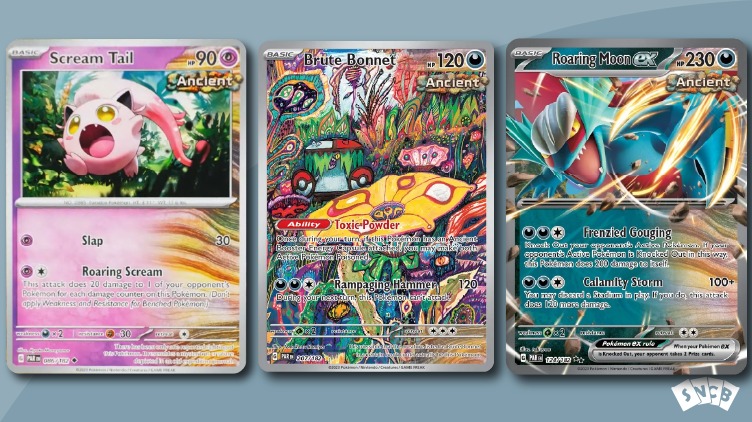
Which Pokémon Cards Are Future?
Future Pokémon cards also represent different evolutionary stages of known Pokémon, but, this time, from a distant future.
These cards always have the Future tag, and their other elements are designed to look futuristic.
Here are some examples of Future Pokémon Cards:
- Iron Moth: a metallic moth that looks like a futuristic version of Volcarona.
- Iron Bundle: a robot made by a future civilization that has ceased to exist.
- Iron Valiant: a robot whose creation was an attempt to make a Pokémon that combines the strengths of Gallade and Gardevoir.
Future Pokémon typically resemble armored creatures or robots. They are often characterized by a much more elegant design than their modern counterparts.
Much like Ancient Pokémon, their types usually differ from their contemporary versions. That said, as mentioned before, this is not always the case.
Regarding Future Trainer cards, here are some examples:
- Future Booster Energy Capsule: Future Tool card
- Technical Machine Devolution: Future Tool Card
- Techno Radar: Future Item Card
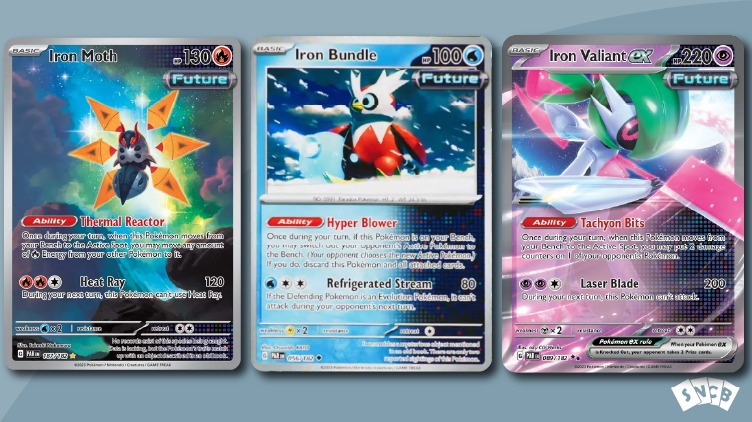
Are Paradox Pokémon Also Future and Ancient?
Yes. As explained above, Paradox Pokémon is the term given to both Future and Ancient Pokémon.
In the trading card game, “Paradox” is the term used for cards that belong to the Ancient or Future variants.
For instance, while Volcarona is not a Paradox Pokémon, its Ancient and Future versions, Slither Wing and Iron Moth, are considered Paradox Pokémon.
It is important to note that the Paradox cards in the trading card game do not necessarily correspond to the Paradox Pokémon from the video games.
For instance, Miraidon cards don’t have the Future tag, despite it being a Pokémon from the future in the Pokémon Violet video game.
What Do Ancient and Future Trainer Cards Do?
These cards generally work as you’d expect, but there’s a critical distinction. Most of these cards interact exclusively with other cards from the same era.
For instance, the Future Booster Energy Capsule makes it so that the Future Pokémon it is attached to has no retreat cost, and its attacks deal 20 more damage to your adversary’s active Pokémon.
Yet, there are exceptions. The Earthen Vessel, an Ancient Trainer card, makes you discard another card from your hand to use it, regardless of whether it is Ancient or not.
You search your deck for up to 2 Basic Energy cards, reveal them to your adversary, and put the revealed cards into your hand. Then, you shuffle your deck.
The Paradox mechanic may restrict the usefulness of certain cards but also offers ample opportunities for creativity and the development of new combos.
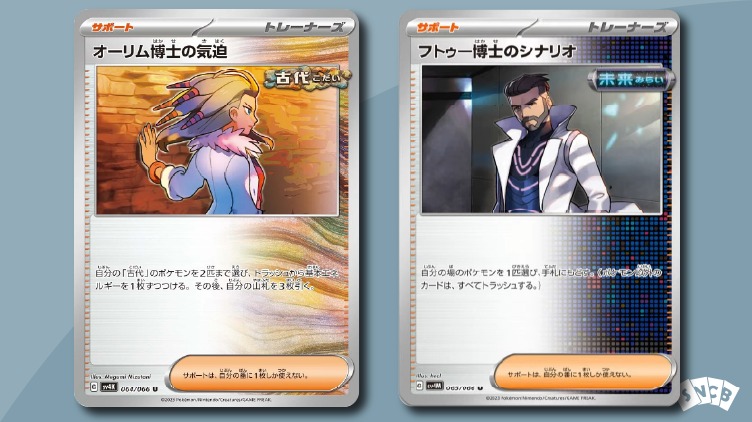
What Are Ancient and Future Pokémon Cards Worth?
Well, it depends. Although this is not a very satisfying answer, it’s just how things work in TCGs.
A card’s value can be influenced by several factors, ranging from its perceived strength to the rarity of its featured image.
The more desirable characteristics a card has and the harder it is to find, the more it is worth.
Even when considering cards with powerful mechanics, prices can vary quite a lot.
For instance, cards with Rapid Strike and First Strike abilities may have significantly different values. While some are worth $0.10, others can be sold for over $100.00.
Also, note that a card’s value can’t be determined in a vacuum. Some cards seem unimpressive at first but create extraordinary combos when used with others.
Final Thoughts
Paradox Pokémon cards are a fascinating concept. The very thought of futuristic robots fighting prehistoric dinosaurs sounds fantastic.
These cards introduce fresh designs that diverge from the typical Pokémon aesthetics, all while adding another layer of strategy to create exciting decks.
The introduction of new mechanics tends to make the game feel fresh. It often brings more valid strategies and counterplays, enhancing the game’s overall appeal.
Also, I dare you to find a moth Pokémon that looks cooler than Iron Moth.
